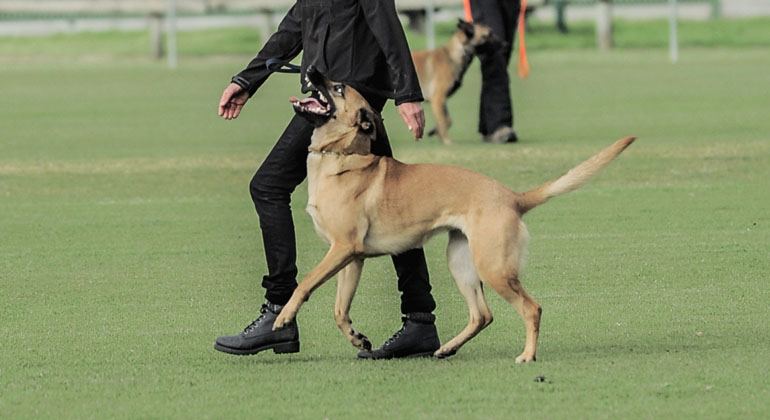Schutzhund, which translates to “protection dog” in German, is a rigorous training program initially developed for German Shepherds. Over the years, it has expanded to include various breeds and has become a popular method for enhancing the physical and mental capabilities of dogs. Schutzhund Dog Training emphasizes three main disciplines: tracking, obedience, and protection work, making it a holistic approach that benefits both the dog and the handler.
The Origins of Schutzhund Training
Originally created in Germany in the early 20th century, Schutzhund was designed to evaluate the working ability of German Shepherds, ensuring that they were suitable for police and military service. The training program was created to maintain high standards in breeding and to cultivate a strong bond between dogs and their handlers. The rigorous nature of Schutzhund training provides an excellent foundation for various canine sports and practical working roles, instilling discipline and focus in dogs.
Key Components of Schutzhund Training
Tracking: This is the first component of Schutzhund training. It involves teaching the dog to follow a scent trail left by a person. Handlers lay down a scent track, which the dog learns to follow. The ability to track is crucial, as it enhances the dog’s olfactory skills and promotes mental stimulation. Dogs are taught to identify specific items, such as articles left behind, as part of their tracking work.
Obedience: This discipline focuses on the dog's ability to respond to commands reliably. In Schutzhund training, obedience exercises include basic commands like sit, stay, and heel, as well as advanced techniques. Handlers work closely with their dogs to foster a strong communication bond, teaching them to focus and perform under distractions. Obedience training also emphasizes the importance of consistency and positive reinforcement, ensuring that the dog understands what is expected.
Protection Work: Perhaps the most recognizable aspect of Schutzhund training, protection work, involves teaching the dog to defend its handler. This includes scenarios where the dog learns to bark, hold, and even bite on command, all while displaying controlled aggression. Protection training requires a skilled handler who can ensure the dog is not only effective but also safe and reliable in various situations.
Benefits of Schutzhund Training
Engaging in Schutzhund training offers numerous advantages for both dogs and their handlers. For dogs, it promotes physical fitness, mental stimulation, and socialization, as they interact with other dogs and people. The structured nature of the training helps alleviate behavioral issues often seen in under-stimulated dogs.
Handlers also benefit significantly from Schutzhund training. The process fosters a deep bond between the dog and handler, built on trust and respect. Additionally, handlers learn essential skills in leadership and communication, which can positively affect other areas of dog ownership.
Getting Started with Schutzhund Training
For those interested in Schutzhund Training Oregon, it is essential to find a qualified instructor or training club that specializes in this method. Before starting, ensure that both the dog and handler are physically fit and committed to the training process. Regular practice and patience are key components to success, as mastering the various aspects of Schutzhund takes time and dedication.
In conclusion, Schutzhund dog training is an excellent way to develop a well-rounded canine companion. Through tracking, obedience, and protection work, dogs not only become proficient in their tasks but also develop a stronger bond with their handlers. With the right guidance and commitment, Schutzhund training can be a rewarding experience for both dogs and their owners.





Comments